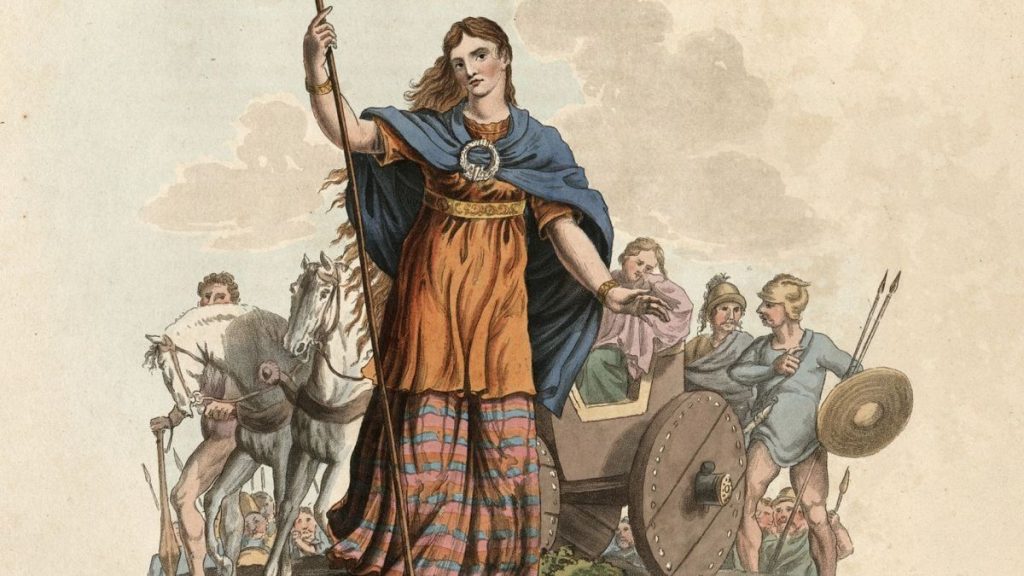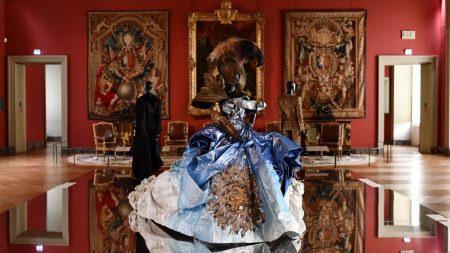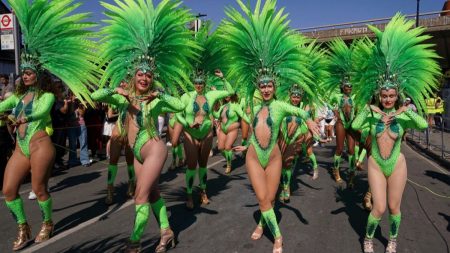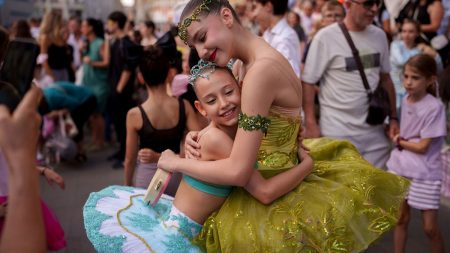The prevailing narrative surrounding ancient European societies, particularly those of the Neolithic, Copper, and Bronze Ages, posits a predominantly patrilocal structure, where couples established their homes near the husband’s family. This long-held assumption has been challenged by recent genetic research, revealing a starkly different social organization within Iron Age Britain. Specifically, Celtic communities of this period appear to have practiced matrilocality, a system where women remained in their ancestral homes after marriage, while men migrated to join their wives’ families. This groundbreaking discovery, supported by genetic evidence from a study published in Nature, overturns conventional wisdom and paints a new picture of social dynamics in Iron Age Britain.
The study, conducted by researchers at Trinity College Dublin, analyzed the genomes of 57 individuals interred in Iron Age cemeteries associated with the Durotriges, a Celtic tribe inhabiting Dorset approximately 2,000 years ago. The genetic analysis revealed a preponderance of maternal relationships among the individuals buried within these cemeteries. Conversely, the male individuals seemed to have originated from different regions, suggesting they had migrated into the area, likely upon marriage. This pattern of female kinship and male migration strongly supports the theory of matrilocality within these Celtic communities. The findings are particularly significant as they deviate from the patrilocal patterns observed in earlier European societies, spanning from the Neolithic period through the Medieval era.
The matrilocal structure suggested by the genetic evidence aligns with other historical and archaeological findings that highlight the prominent role of women in Iron Age Britain. Roman historical accounts often depict powerful Celtic women, such as queens like Boudica and Cartimandua, who commanded armies and wielded considerable political influence. Julius Caesar, in his chronicles of the Gallic Wars, documented Celtic women participating in public life, exercising political power, and sometimes even practicing polyandry, having multiple husbands. These historical accounts, while potentially biased through a Roman lens, nevertheless provide glimpses into a society where women held positions of authority and influence, a stark contrast to the patriarchal structures prevalent in Roman society.
Further corroborating the significant role of women in Iron Age Celtic society is the recent resolution of a decades-long archaeological enigma concerning the gender of a warrior buried 2,000 years ago on the Isles of Scilly, off the coast of Cornwall. The burial site, discovered in 1999 on the island of Bryher, contained both a sword, typically associated with male burials, and a mirror, traditionally linked to female burials. This unusual combination of grave goods puzzled archaeologists for years. However, a 2023 study by Historic England, employing advanced protein analysis of tooth enamel, determined with 96% certainty that the individual interred was female.
The presence of both a sword and a mirror within the female warrior’s grave suggests a complex social status. The sword, symbolic of warfare and leadership, indicates a potential role in military activities, possibly organizing or leading raids against rival groups. The mirror, often associated with feminine identity and societal status, further complicates the interpretation, pointing towards a multi-faceted role within the community. This discovery challenges traditional assumptions about gender roles in Iron Age warfare and suggests that women’s participation in combat and leadership may have been more common than previously believed. This female warrior, potentially a precursor to iconic figures like Boudicca, provides compelling evidence of women’s agency and power within Iron Age Celtic society.
In conclusion, the genetic evidence from the Durotriges cemeteries, combined with historical accounts of powerful Celtic women and the discovery of the female warrior burial, paints a compelling picture of Iron Age Britain as a society where women held significant social standing and agency. The matrilocal social structure, a departure from the patrilocal norm of earlier European societies, allowed women to maintain their ancestral connections and potentially inherit land and status within their communities. This unique social organization, coupled with evidence of female participation in warfare and leadership, challenges traditional narratives of ancient European societies and highlights the diverse and complex roles women played in shaping their world. Further research into the social structures of Iron Age Celtic communities promises to reveal more about the lives and influence of women in this fascinating period of history.














